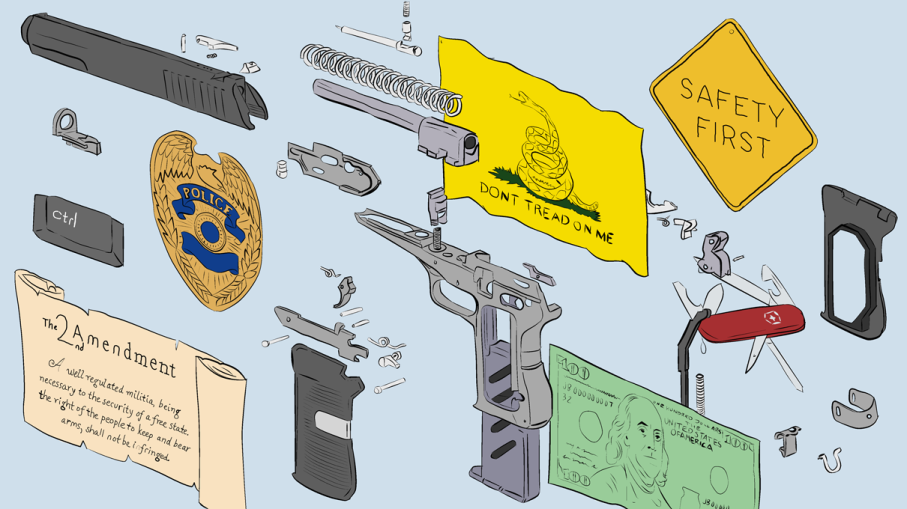The magic of miniatures
Monday, May 20th, 2019[ by Charles Cameron — I wasn’t intending this to be my next post in the commercials and magic series, but here it is, with miniatures and matryoshkas all in a row — and Churchill! ]
.
Who knows when it started — Egyptian shabtis were small figurines inscribed with the names of the deceased and buried with them, answering for them during judgment in the Hall of Truth where, for the best afterlife, one’s heart should weigh lighter than a feather on the scales —
Myself, buried with my mini-me.
Especially if I am a pharaoh, or person of note:
(From left) Painted shabti of Ramesses IV. 20th Dynasty; decorated shabti of the Lady of the House, Sati – reportedly from Saqqara. 18th Dynasty, reign of Amenhotep III; and, a double shabti of Huy and Ipuy, a father and son pair. 18th Dynasty. Louvre Museum, Brooklyn Museum and Museo Egizio, Turin, Italy. (Photos: Heidi Kontkanen and Margaret Patterson)
**
A jar fit for a giant to drink from, one of thousands in the Laotian Plain of Jars:
I was reminded of Egyptian shabtis by an article I saw today about thousand-year-old burial practices in Laos, where the vast Plain of Jars is dotted with thousands of large “jars” so called — some have thought of them as chalices from which giants would drink — used in funerary rites, and the article contained this para:
We’d love to know why these people represented the same jars in which they placed their dead, in miniature to be buried with their dead.
Miniatures!
I suppose we all play with miniatures as children — toy guns, toy sheriff’s badges, dolls and dolls houses — all parents need to ensure their children grow up prepared for adult life! — but after-life may have come first where miniatures are concerned.
In any case, there’s an enormous, likely archetypal pull associated with the large and its small analogs.
**
Look at this Myself and Mini-me commercial from National:
The large and the small together are somehow more attractive than just the large alone.
And let’s take this a step further into the realm of magic, as understood by the great anthropologist Sir JG Frazer:
Sympathetic magic, anthropologically speaking, is magic in which you enact in miniature what you want the gods to perform on a larger scale. You urinate — or as Shakespeare more delicately puts it, go to look upon a bush — so the gods will pour down their rain upon you.
That kind of magical thinking — sympathetic magical thinking — is what the boy is instinctively doing in this Farmers rooftop parking commercial, while the Farmers rep thinks it’s gravity that throws a large car way up in the air..
To be honest, my money’s with magic and the boy.
**
Farther yet, and we come to the Matryoshka principle, in which Russian dolls are contained (‘nested”) within dolls within dolls:
And now consider this commercial featuring vans nested within vans:
Sir Winston Churchill was playing a brilliant variant on this Matrioshka principle when during a BBC broadcast in October 1939, he said:
I cannot forecast to you the action of Russia. It is a riddle, wrapped in a mystery, inside an enigma; but perhaps there is a key. That key is Russian national interest.









